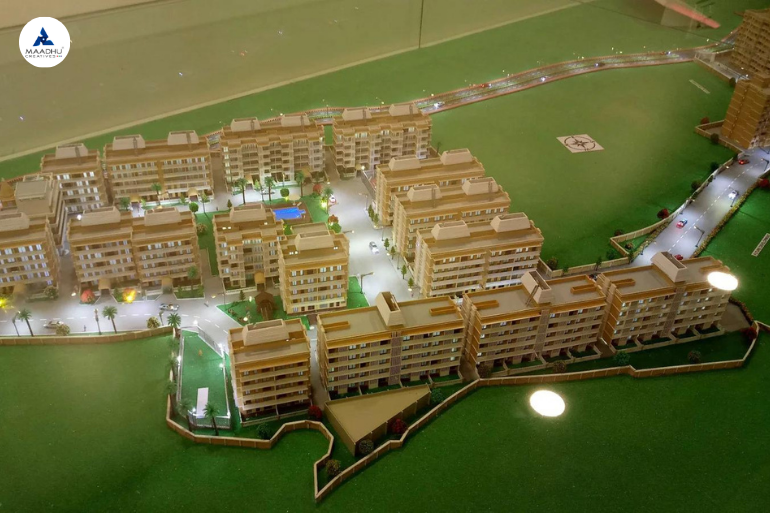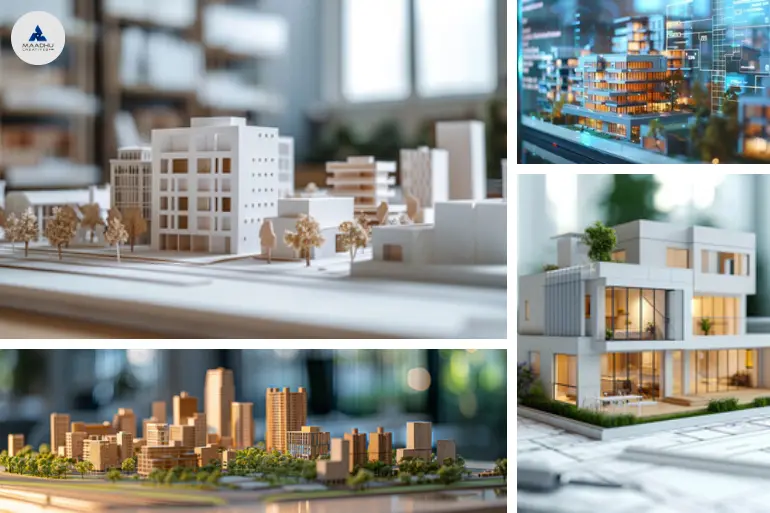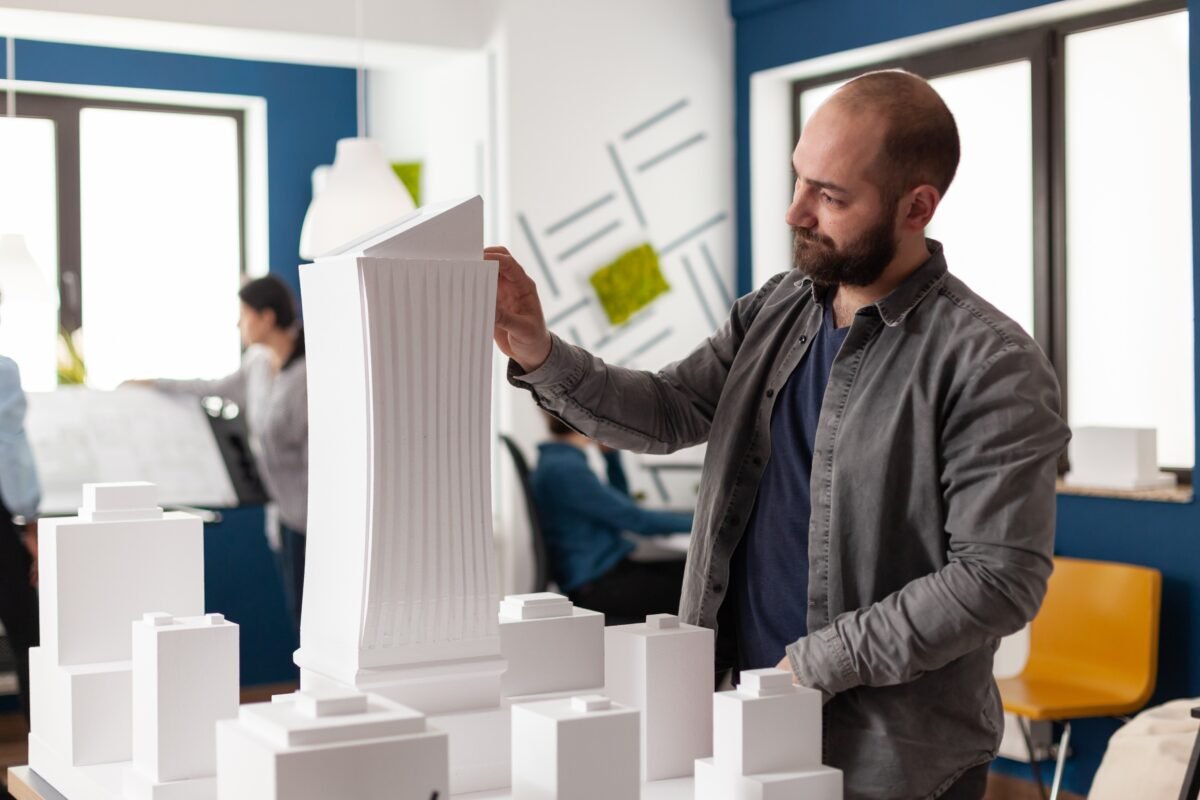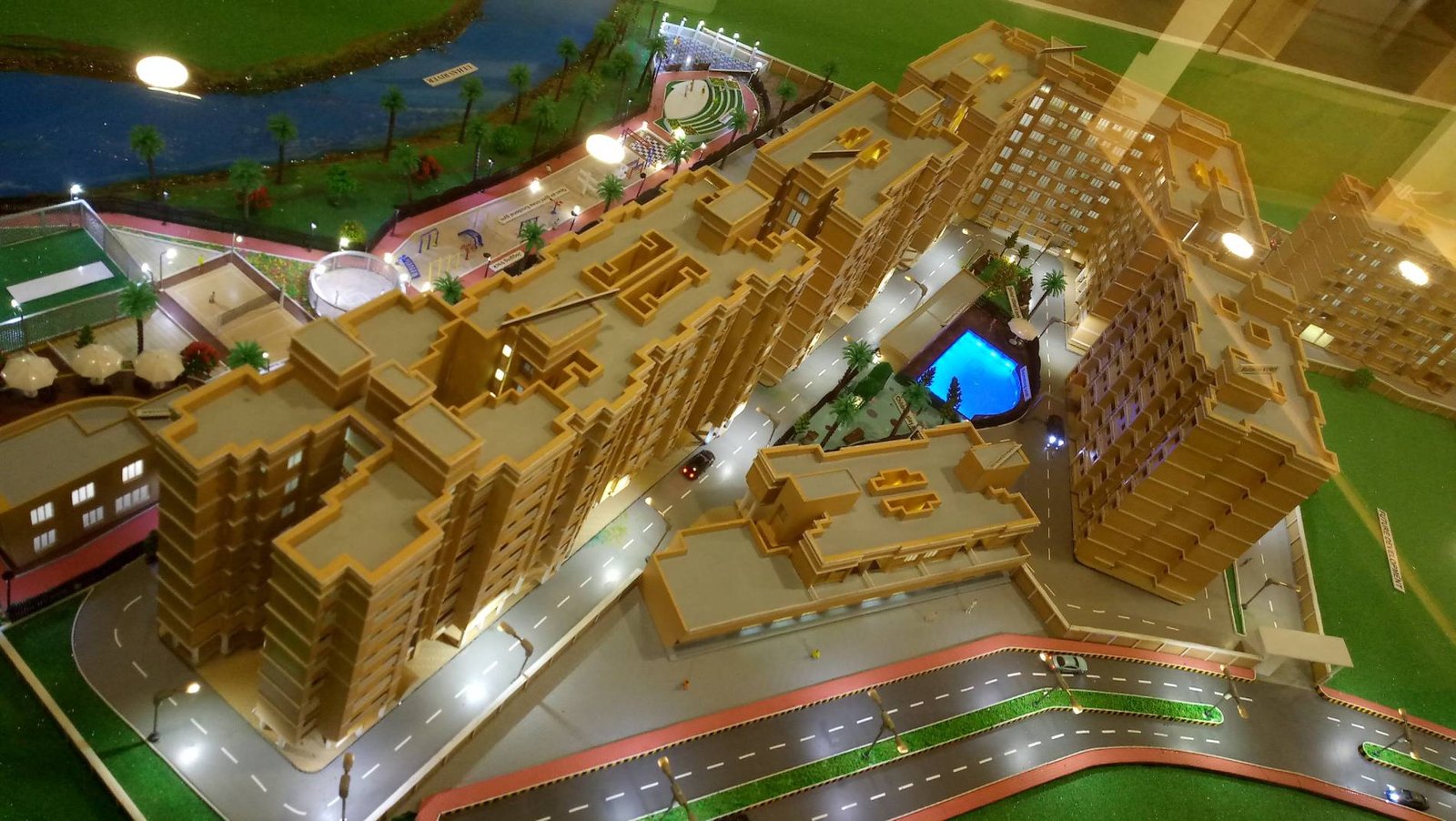What is a Diorama: Types, Techniques, and Tips Table of Contents Get a Free Quote for diorama What is a Diorama? Definition of Diorama : Building a diorama is a great method of making your ideas come to reality and preserving detailed scenes in a limited box area. For an expert or a beginner in this hobby, knowing how to make a diorama will always be an interesting thing to do. This article will provide you with information on what diorama is, the types, the methods used in creating diorama, as well as important tips that will assist you when creating your diorama. Meaning of Diorama? A diorama is a three-dimensional model that depicts a scene, event, or environment in a miniature format. Originating from the Greek words “dia” (through) and “orama” (view), the term “diorama” literally means “seeing through.” It refers to a technique used to create a realistic scene that viewers can see through a clear pane of glass or plastic. Types of Dioramas Historical Dioramas Historical vignettes are such an event or time period of history. Many of these models depict battle scenes, historical characters, or historical occurrences. They are mainly used in museums and educational settings with the aim of helping people to imagine history. For instance, a diorama could be on presenting the signing of the Declaration of Independence and then get our historical characters in the right setting to portray this event. Nature and Wildlife Dioramas Relief images depict real-life scenes that depict the natural environment for the purpose of aesthetics and perception of the real world. They may depict areas inhabited by wild animals, geographical features such as the earth surface, or certain phenomena of nature as may be deemed necessary, in relation to the species or some specific ecosystem. For example, one may develop a rainforest exhibit and really have trees, animals through the branches, etc., which afford a viewer a glimpse of this delightful environment. Four various dioramas of fantasy and science fiction The subjects represent warriors of various races, cyborgs, legends of books and movies, and alien creatures. Most dioramas contain scenes that are derived from fiction and science in a bid to represent scenes that cut across books, films, or even games. These models let the fans build intricate environs following the families of fiction films and novels. For instance, a diorama can be the dragon’s cave out of the film or the environment of the futuristic city out of the sci-fi film. These dioramas, in part, capture the mood of these awesome worlds; these, then, are not just fun and, creative ways to read fiction. Miniature Models Dolls’ houses are means, scale replicas of real-life structures used mainly for hobby or as merely collectibles. They could be models that are as small as ‘like life’, such as miniature models of the items we use in our day-to-day lives, or as large as ‘like life’ models of complex occurrences. For instance, when presenting a miniature of a conventional railroad terminal, it consists of small trains, people, and other facilities that would create the real ambiance of the location. Its models are customarily created for entertainment only or just to be kept as a majestic accessory by the owner. How to make Diorama The techniques used to make a diorama: Planning and Design The first thing that should be done to create a diorama is the idea and layout of the scene. This means the choice of the scale, the theme, and the elements of the diorama. Drawing out your design limbers you up and gives you an idea of the final outlook of your design, especially while choosing the same material.Tips: Select an appropriate topic to create an impression for your diorama. Decide together with your model the scale (for example 1:24 or 1:50) so that everything is in the right size. It will also be useful to draw a preliminary sketch of the diorama. Gathering MaterialsThis is because the various types of diorama you will be making will determine the materials to use. Among these ones, some general ones are using foam board, cardboard, painting, glues, and easy modeling materials such as clay, plastic, and wood. Essential Materials: Base: Further, foam board, cardboard, or plywood for the frame work of the building. Scenery: Folks and Their Works: Paints, modeling clay, artificial grass, and trees. Figures: Most of the micropositions are the miniature figure, animal, or vehicle that represents a real-life entity. Tools: scissors, X-acto knives, glue, and brushes. Building the BaseBegin with the foundation of your choice and place the base part of your diorama. This is the base on which all other things shall be mounted. Make certain the base is firm and the size best matches the rest that belongs to the scene.Steps: Cut the Base Material: The first step is to cut the base material down to our required dimensions. Add Layers for Terrain: If your diorama needs to have different heights or types of ground, build these on top of one another. Secure the Base: Secure the base to a backing board or frame to give further rigidity and to prevent the possibility of it buckling. Creating the BackgroundUnder background, we refer to a scenery that frames your diorama. You can apply directly on the base or can use print images or models.Tips: If you are working on a painted background, then it has to be worked on with acrylic or watercolor paints. In the case of printing the image, attach it to the rear of the base of the diorama. Adding Terrain and SceneryDo not leave your work as a plain and lifeless scene, but you can make it more realistic by including the details. This includes hills, water, and vegetation for the physical features that are features of any landform.Techniques: For making the terrain features, use the clay or the foam and sculpt them. Apply paint and flocking texture and color. Lastly, put on finer things such as rocks, plants, and










